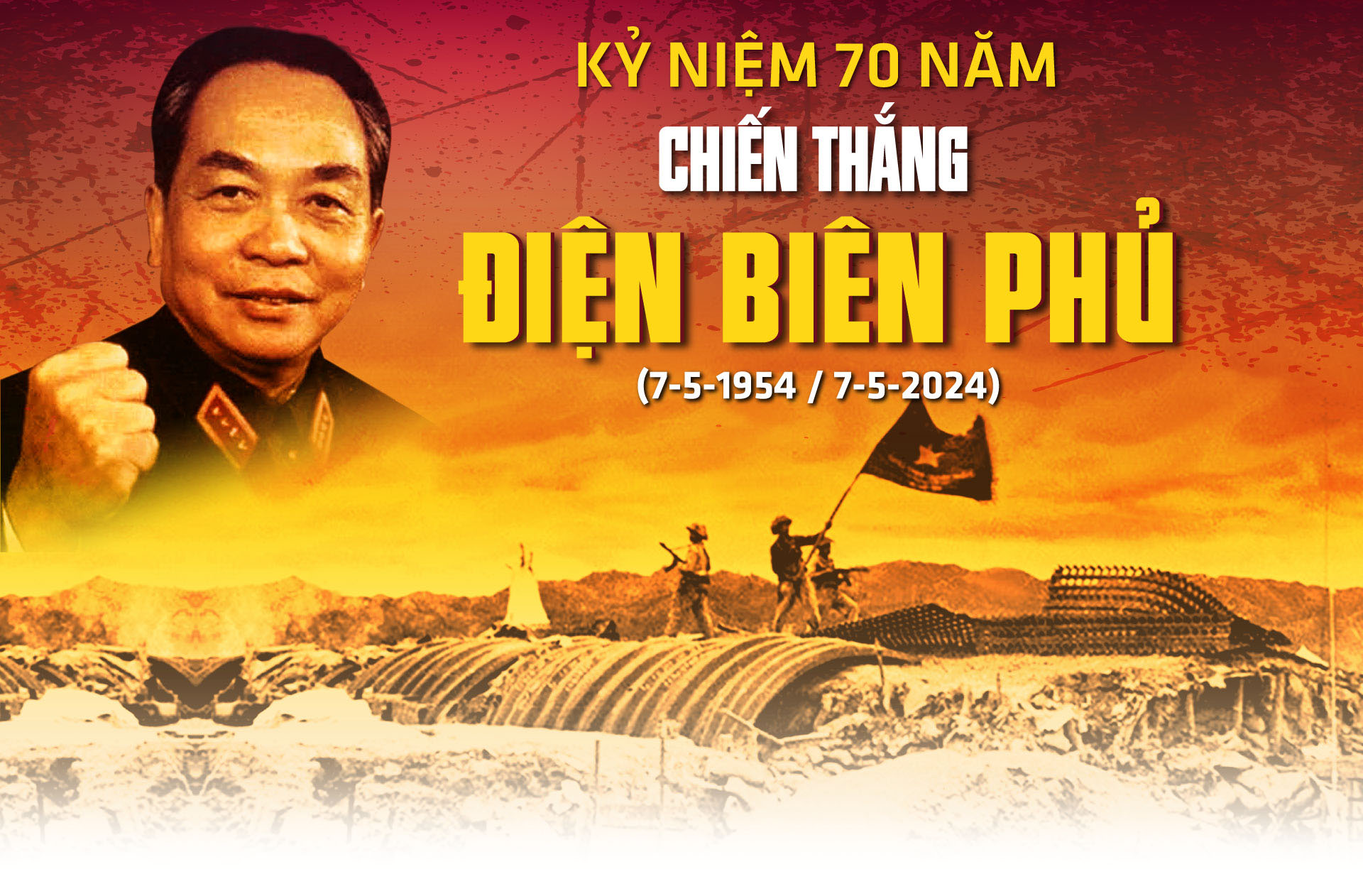
 Editor's note: 70 years ago, from March 13 to May 7, 1954, our army and people, under the leadership of the Party, headed by President Ho Chi Minh , carried out the decisive strategic battle of Dien Bien Phu, achieving a "world-shaking" victory, successfully ending the resistance war against the French colonialists, marking a great turning point in the history of our nation's struggle to build and defend the country. On the occasion of the 70th anniversary of this special event, the People's Army Newspaper opened the column "Dien Bien Phu Victory - Historical Milestone".
Editor's note: 70 years ago, from March 13 to May 7, 1954, our army and people, under the leadership of the Party, headed by President Ho Chi Minh , carried out the decisive strategic battle of Dien Bien Phu, achieving a "world-shaking" victory, successfully ending the resistance war against the French colonialists, marking a great turning point in the history of our nation's struggle to build and defend the country. On the occasion of the 70th anniversary of this special event, the People's Army Newspaper opened the column "Dien Bien Phu Victory - Historical Milestone". 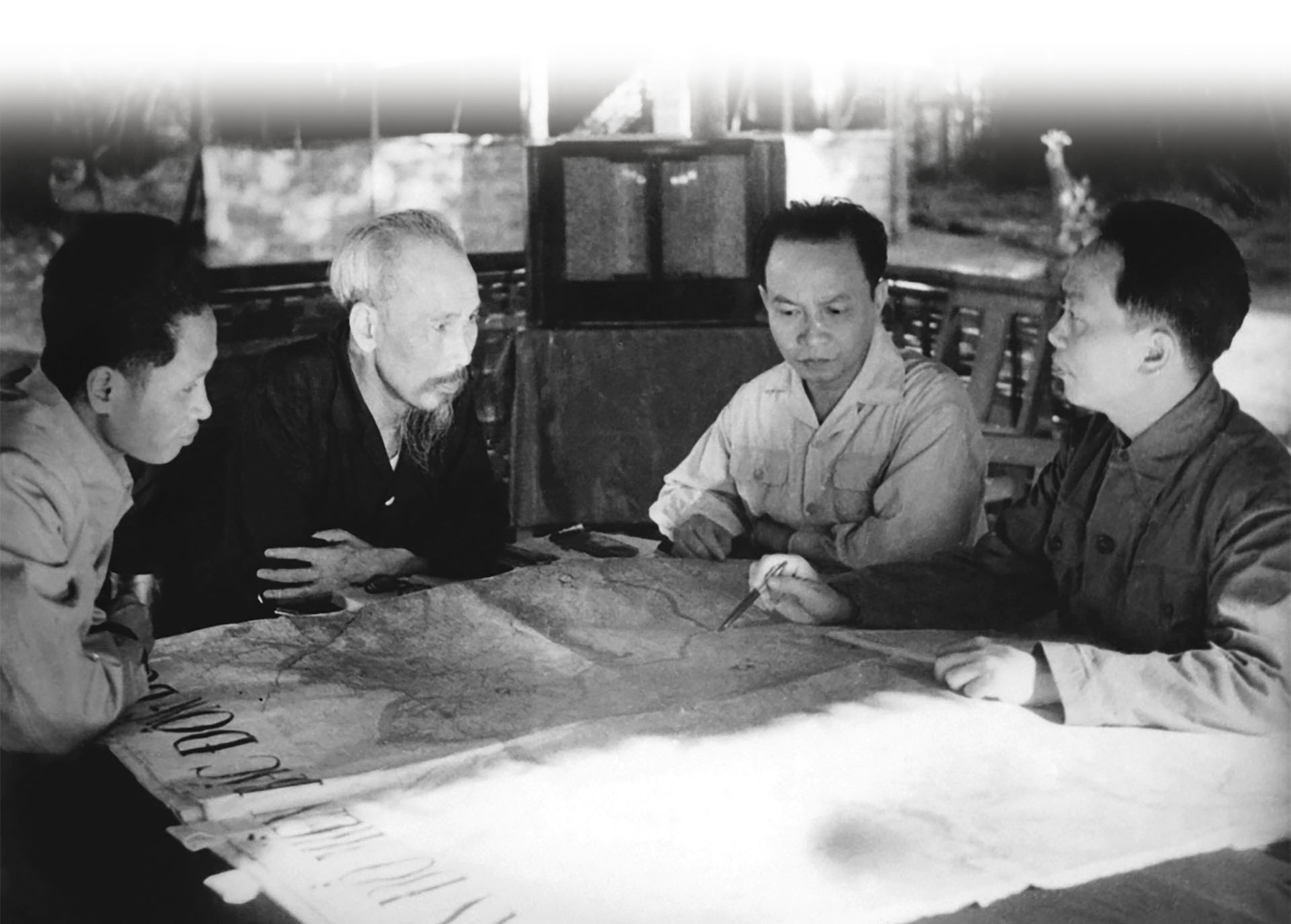

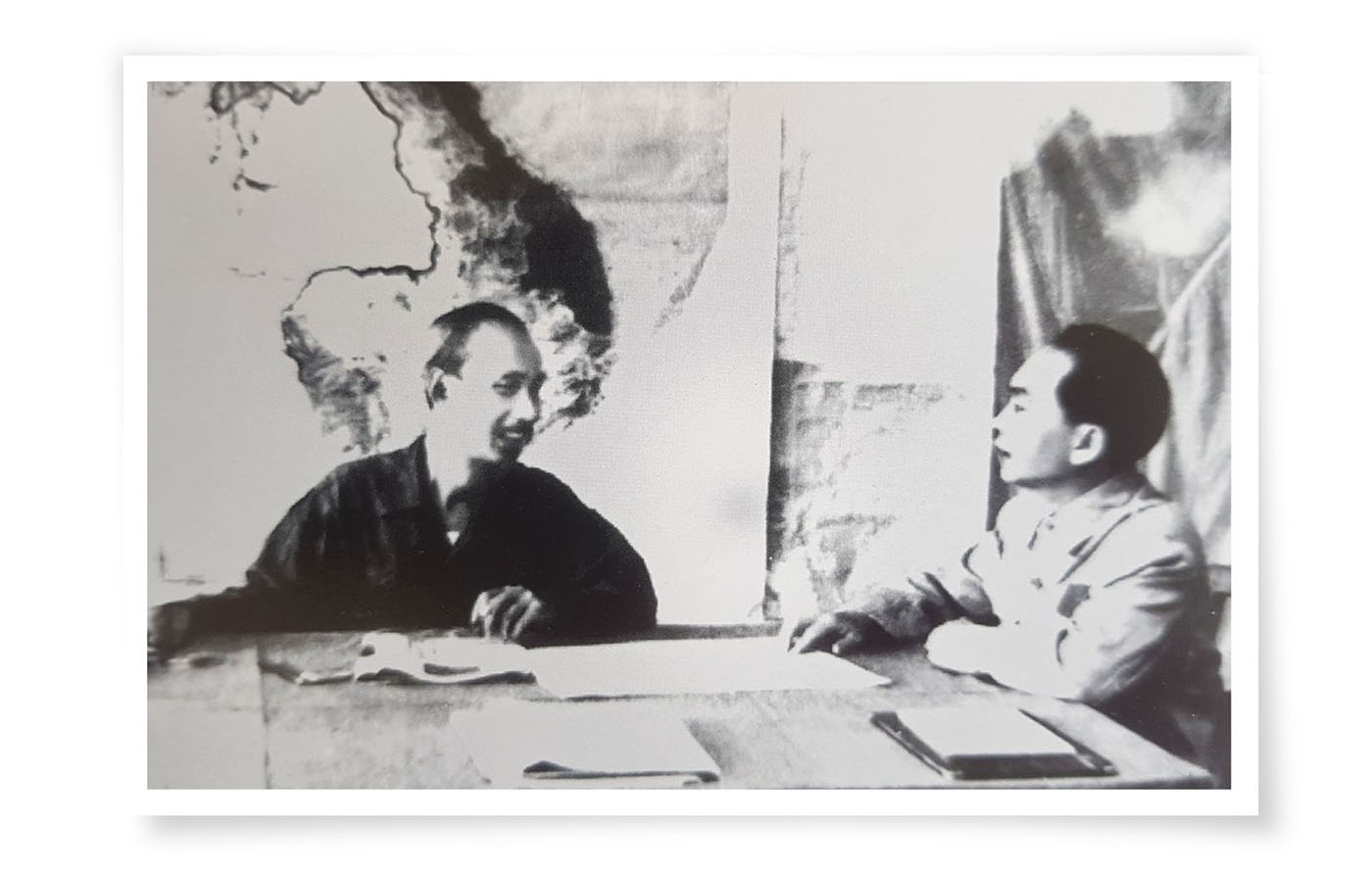
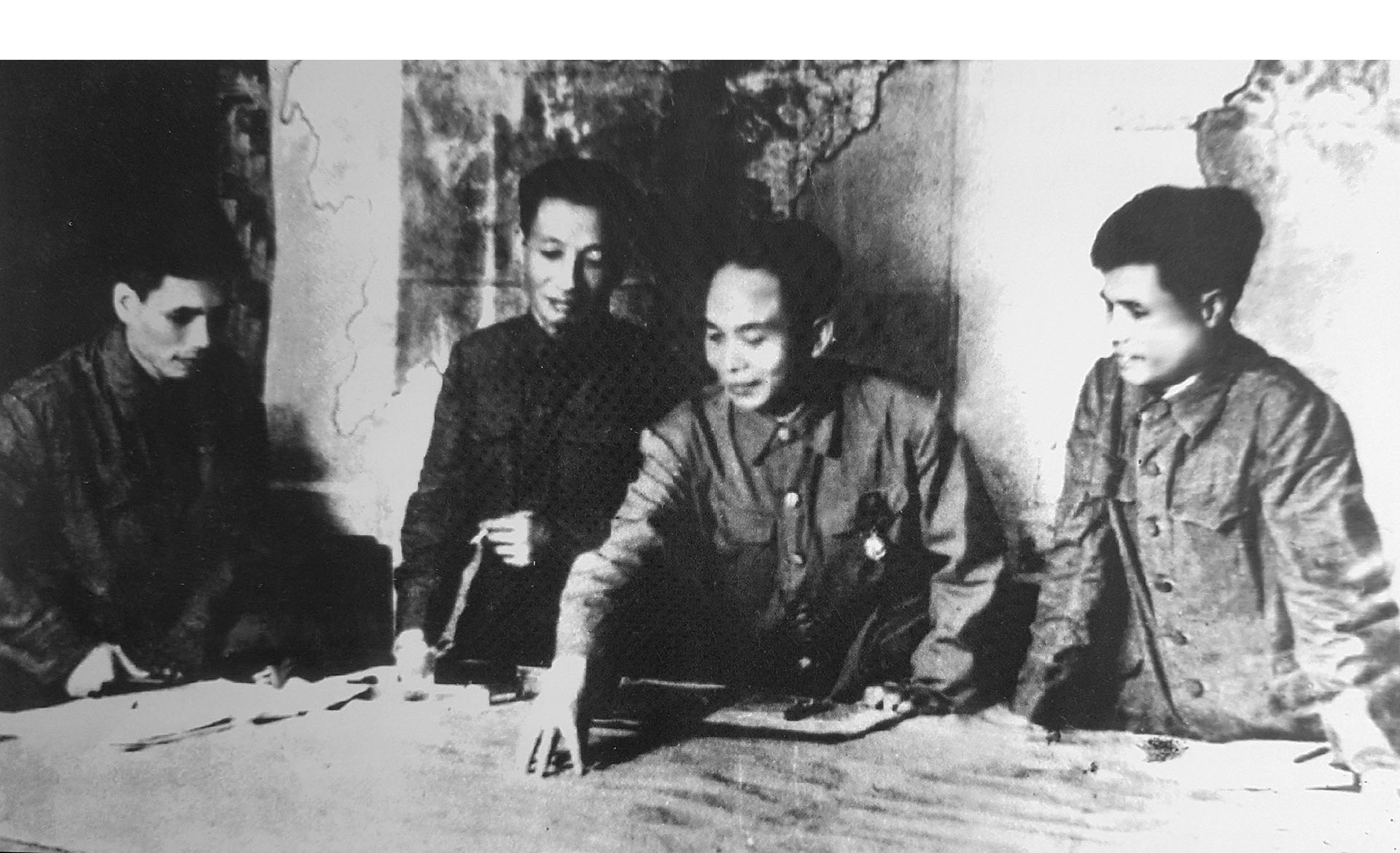
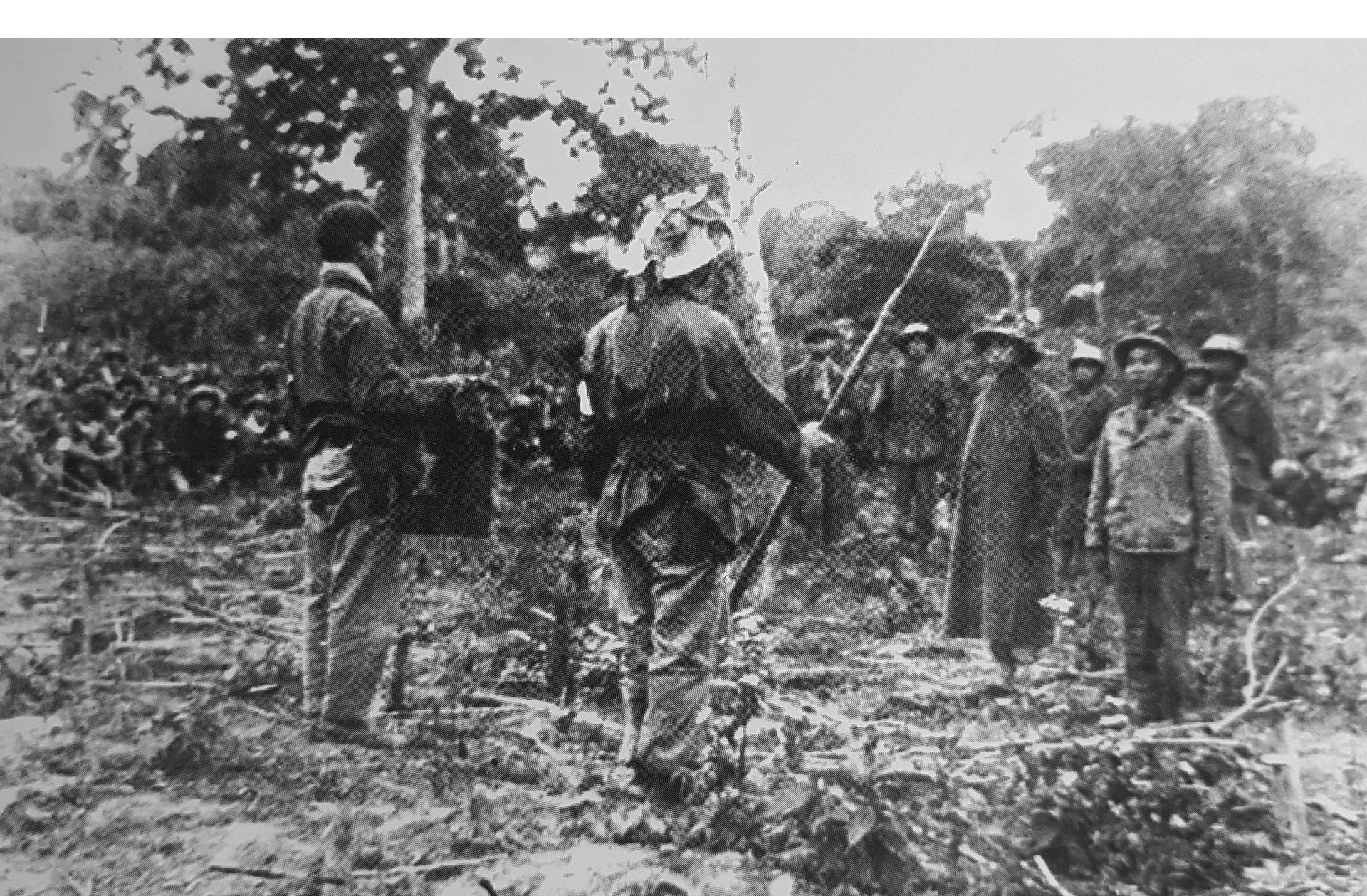

 Initially, the Campaign Command determined the motto of "fighting fast, solving fast" with the method of concentrating the advantage of troops and firepower to break through mainly from the West to attack directly into the center of Muong Thanh, while simultaneously attacking from the East. With this motto and method of fighting, the opening target of the campaign could be one or several strongholds on the main attack direction from the West (311, 106) or secondary from the East (D1, C1, A1) into the Central Sub-sector. Because the enemy strengthened their defense, we encountered difficulties in preparation, especially in moving artillery into the battlefield, so the Campaign Command decided to switch to the motto of "fighting firmly, advancing firmly", the method of "peeling" from the outside in, destroying each resistance center to destroy the entire Dien Bien Phu stronghold. We determined to attack from the North and Northeast into the center of Muong Thanh and chose Him Lam and Doc Lap as the opening targets. At first, we planned to attack both Him Lam and Doc Lap hill in one night, then destroy the enemy in Ban Keo. After considering, especially the possibility of artillery support for the infantry attack, we decided to attack Him Lam first, then attack Doc Lap the following night to ensure victory.
Initially, the Campaign Command determined the motto of "fighting fast, solving fast" with the method of concentrating the advantage of troops and firepower to break through mainly from the West to attack directly into the center of Muong Thanh, while simultaneously attacking from the East. With this motto and method of fighting, the opening target of the campaign could be one or several strongholds on the main attack direction from the West (311, 106) or secondary from the East (D1, C1, A1) into the Central Sub-sector. Because the enemy strengthened their defense, we encountered difficulties in preparation, especially in moving artillery into the battlefield, so the Campaign Command decided to switch to the motto of "fighting firmly, advancing firmly", the method of "peeling" from the outside in, destroying each resistance center to destroy the entire Dien Bien Phu stronghold. We determined to attack from the North and Northeast into the center of Muong Thanh and chose Him Lam and Doc Lap as the opening targets. At first, we planned to attack both Him Lam and Doc Lap hill in one night, then destroy the enemy in Ban Keo. After considering, especially the possibility of artillery support for the infantry attack, we decided to attack Him Lam first, then attack Doc Lap the following night to ensure victory. 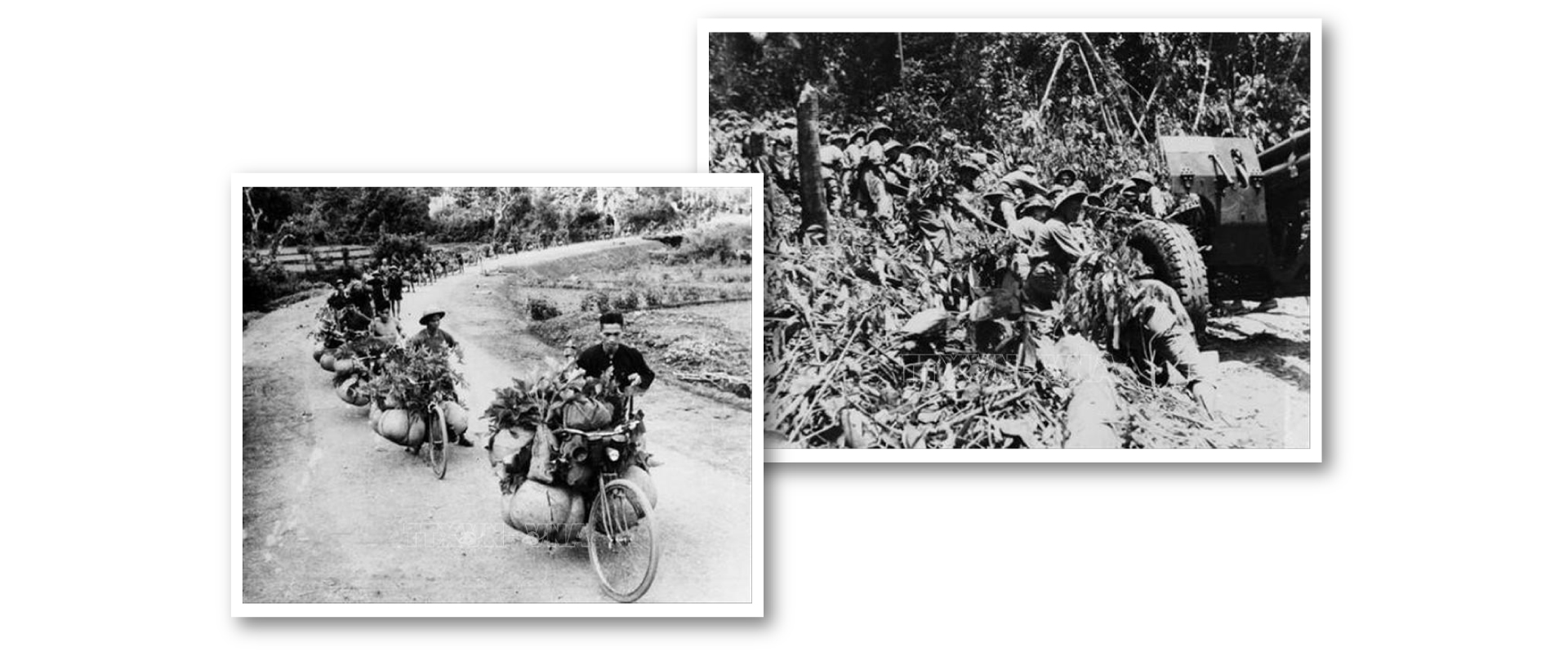
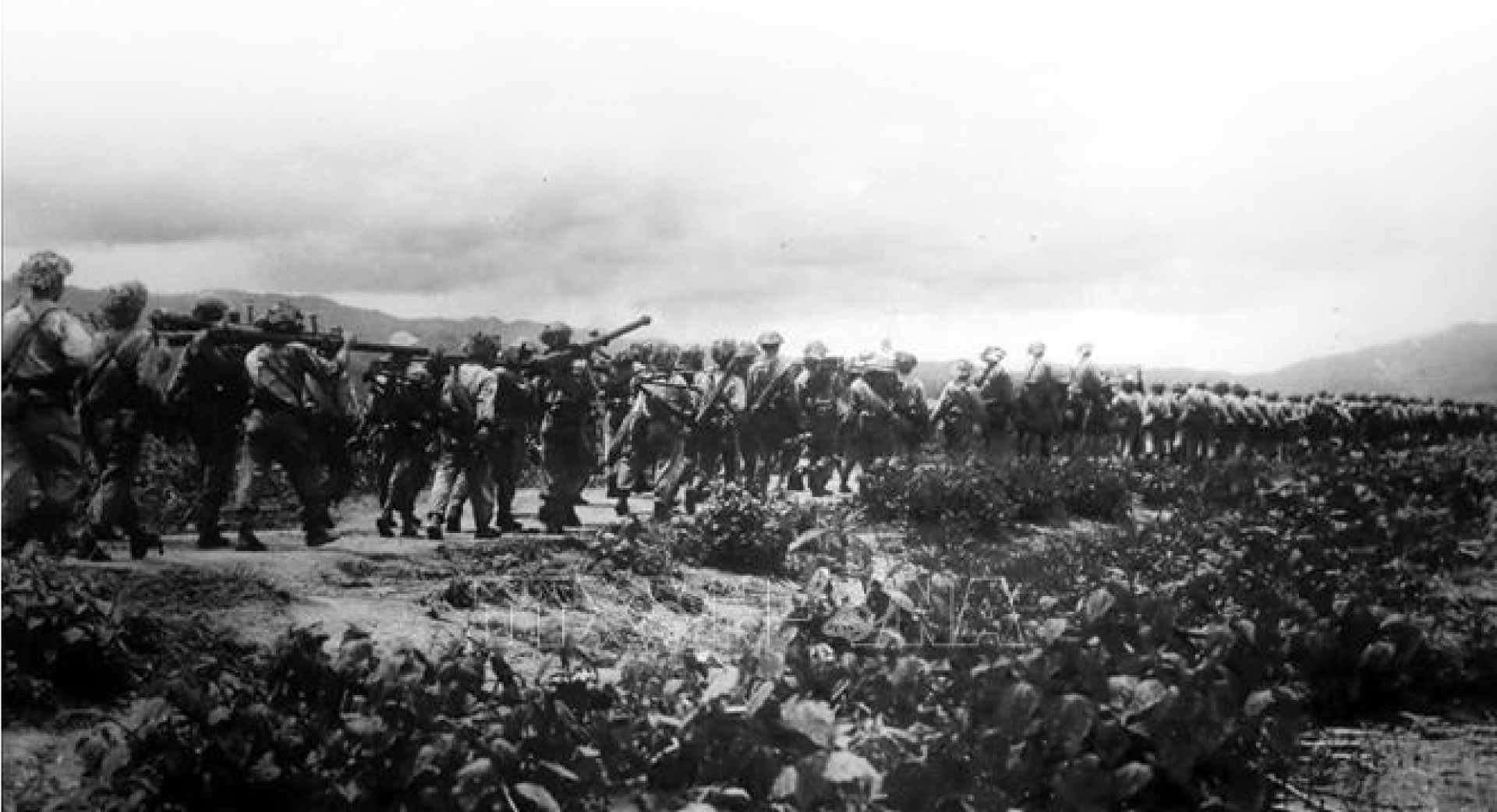
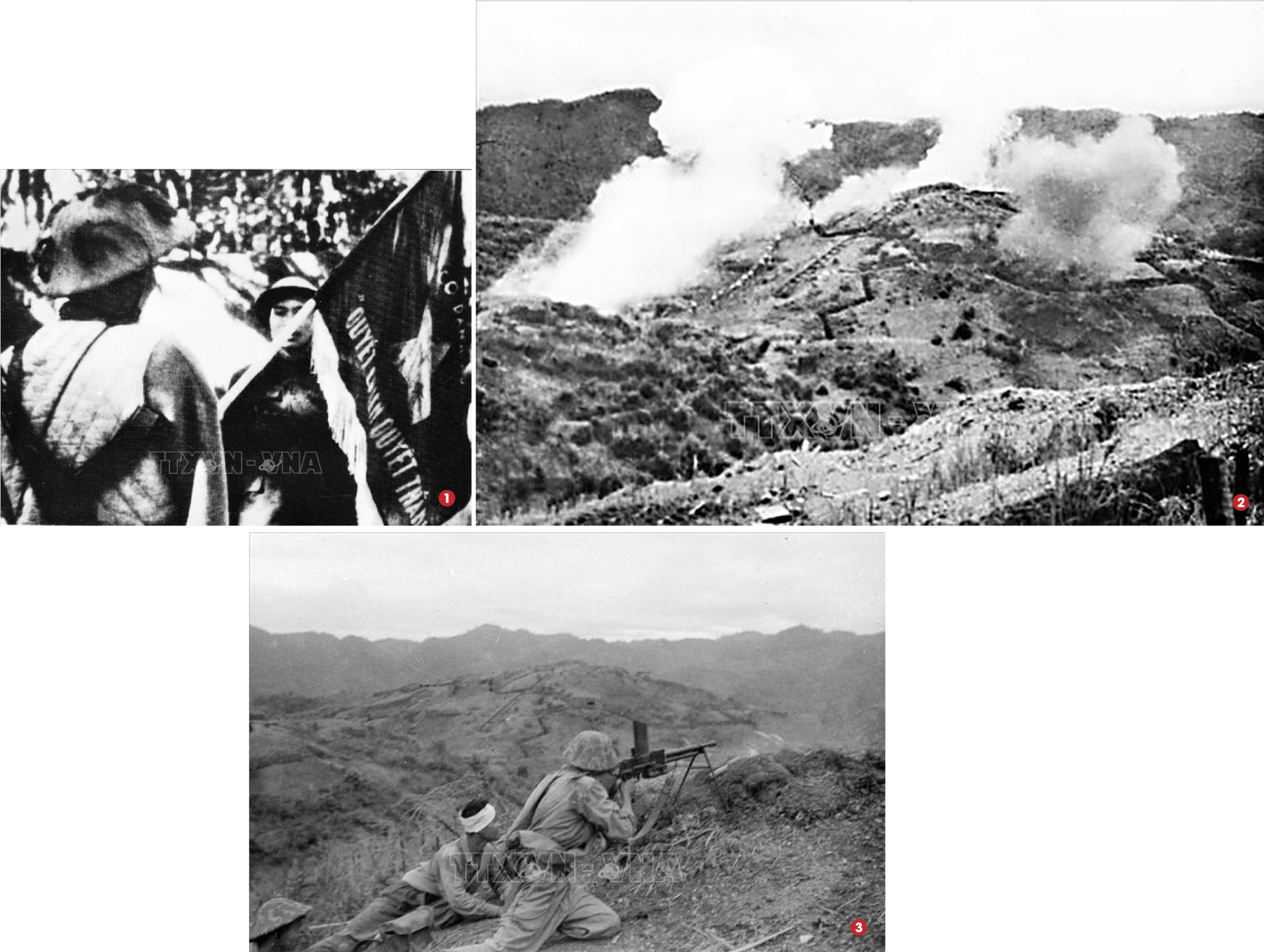
Photo 1: The captain of the main company of the 312th Division received the Quyết Thắng flag before attacking the Him Lam stronghold, opening the Dien Bien Phu Campaign, March 13, 1954. Photo: VNA
Photo 2: On the afternoon of March 13, 1954, dozens of our artillery pieces simultaneously fired at French positions on Him Lam hill, opening the Dien Bien Phu Campaign. By 11:30 p.m. the same day, the entire Him Lam Resistance Center, one of the strongest French strongholds located in the northeast of the stronghold group, was completely destroyed by us. Photo: VNA
Photo 3: Shock troops took advantage of the terrain and terrain to approach enemy positions on Him Lam hill and destroyed the enemy at this stronghold on March 13, 1954 - the opening day of the Dien Bien Phu Campaign. Photo: VNA
Choosing Him Lam as the opening target was the result of an accurate analysis and assessment of the fatal weaknesses of the Dien Bien Phu stronghold group in general and Him Lam in particular. Analyzing the enemy's defensive capabilities in Dien Bien Phu, the Campaign Command pointed out two "fatal" weaknesses of this "hedgehog": One is the rigidity and passivity of the defense system using the stronghold group. It is a tight structure of many strongholds, but in reality they are still separate strongholds. When attacked, each stronghold must mainly use its own forces to deal with it. This allows us to concentrate our strength to destroy each stronghold. Two is that Dien Bien Phu is isolated in the middle of the liberated mountainous area, far from the enemy's rear, and reinforcements and supplies must rely on the air. If we control or cut off the air route, this "hedgehog" will quickly lose its fighting power. Controlling Muong Thanh airport and cutting off the enemy's air supplies is a task within the campaign's capabilities. Him Lam was a strong base defended by Battalion 3 of the 13th Foreign Legion Brigade, consisting of 3 solid bases. At each base, bunkers and trenches were solidly built, surrounded by 4 to 6 rows of barbed wire fences interspersed with minefields from 100 to 200m wide. However, the Campaign Command still decided to choose Him Lam to open the campaign because it realized that this base had an insurmountable weakness. It was an unexpected location, located 2.5km from the Central Division. This distance allowed us to concentrate the necessary strength, isolating Him Lam for a certain period of time to destroy it. If the battle ended at night, the possibility of enemy reinforcements from the Central Division or neighboring bases could be eliminated. Practice has proven that the assessment and determination to attack Him Lam to open the campaign was correct. Winning the opening battle, quickly destroying the Him Lam stronghold cluster on the night of March 13 after just over 5 hours of fighting opened the way for our army to capture the entire Dien Bien Phu stronghold cluster.
- Content: SON BINH - DUY HIEN
- Photo: Document, VNA
- Technical, graphic: TO NGOC



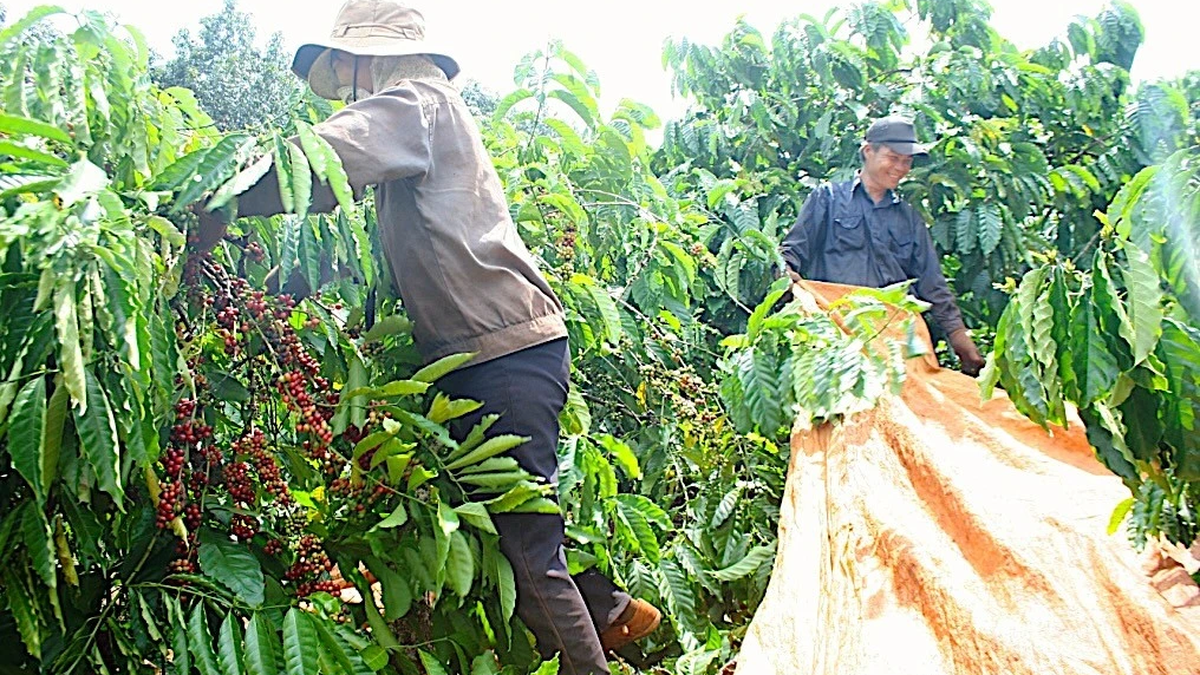
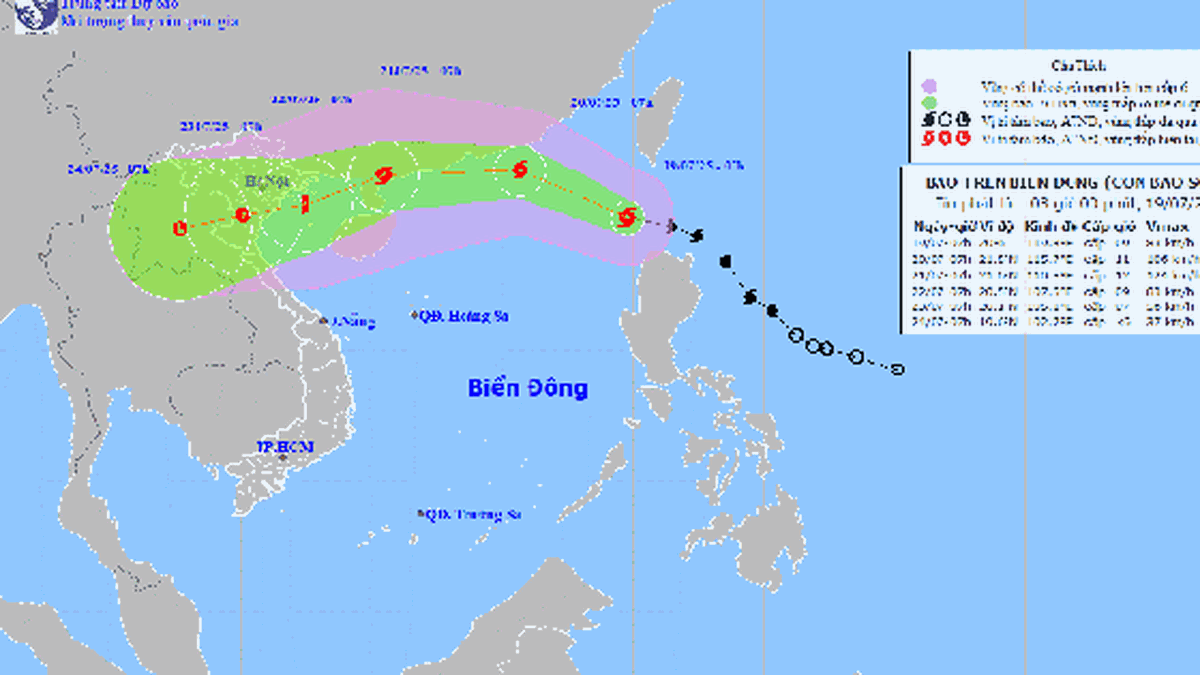

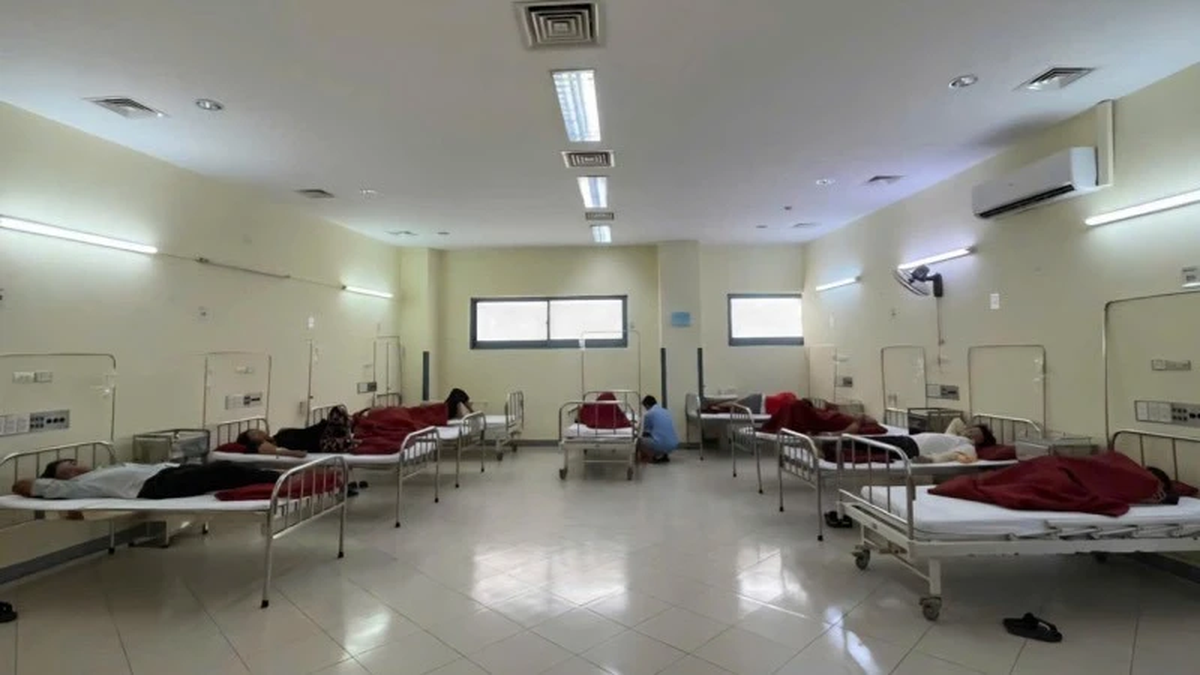
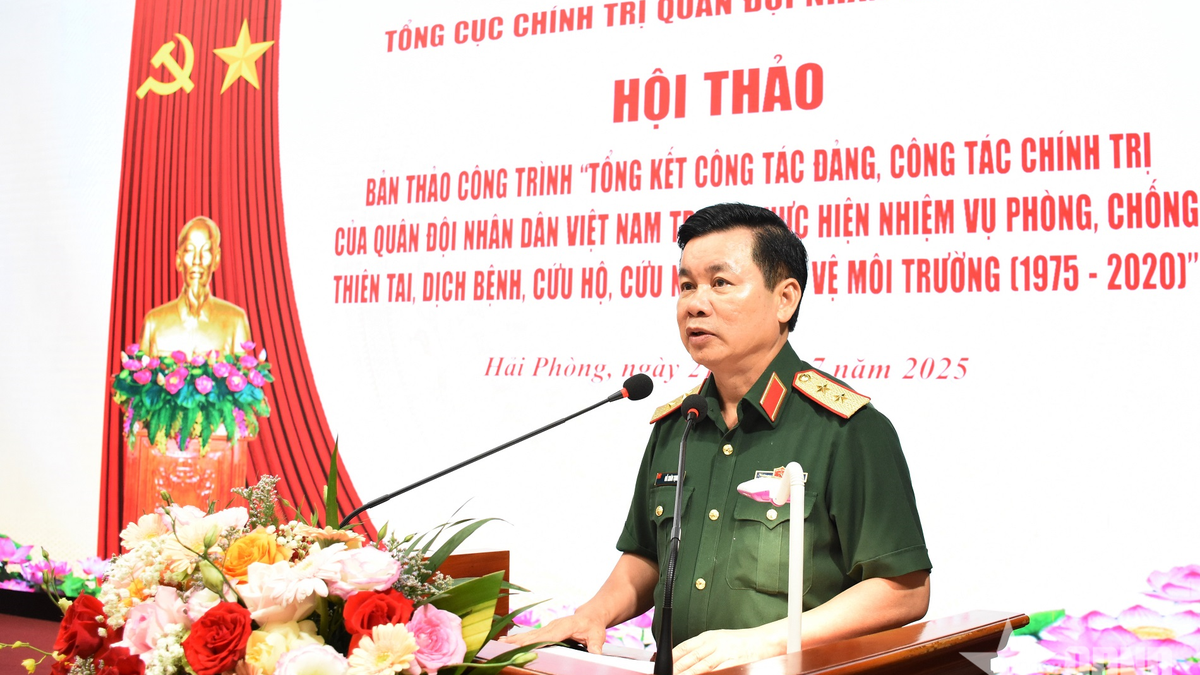
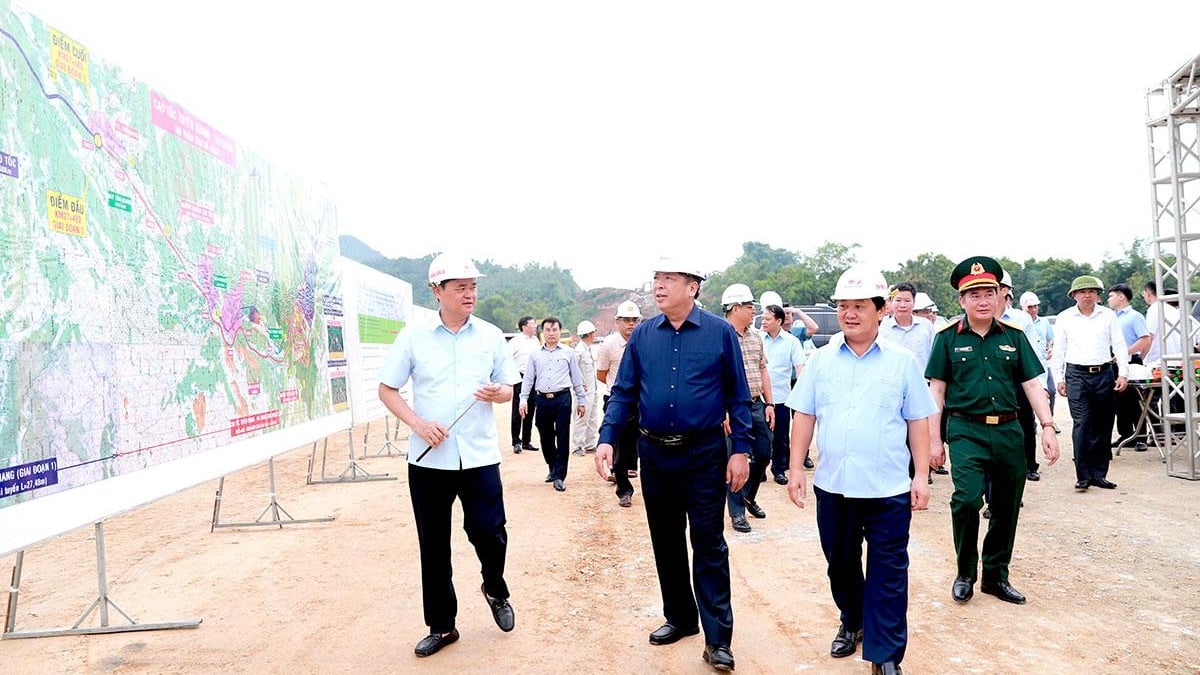
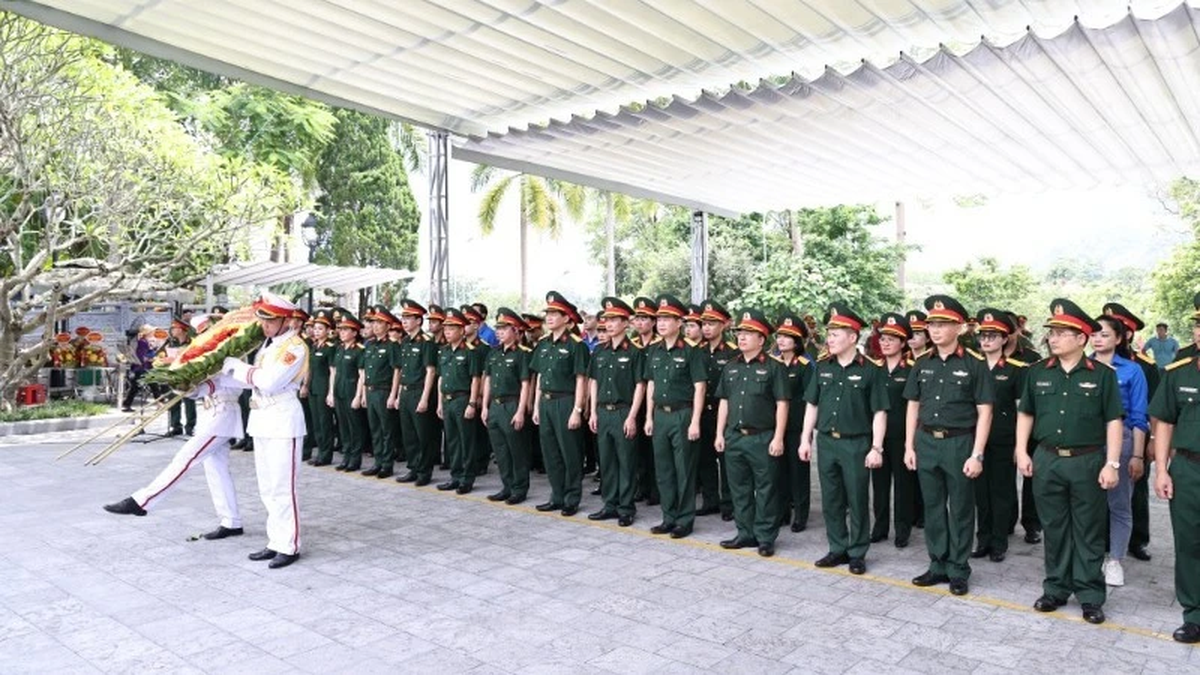
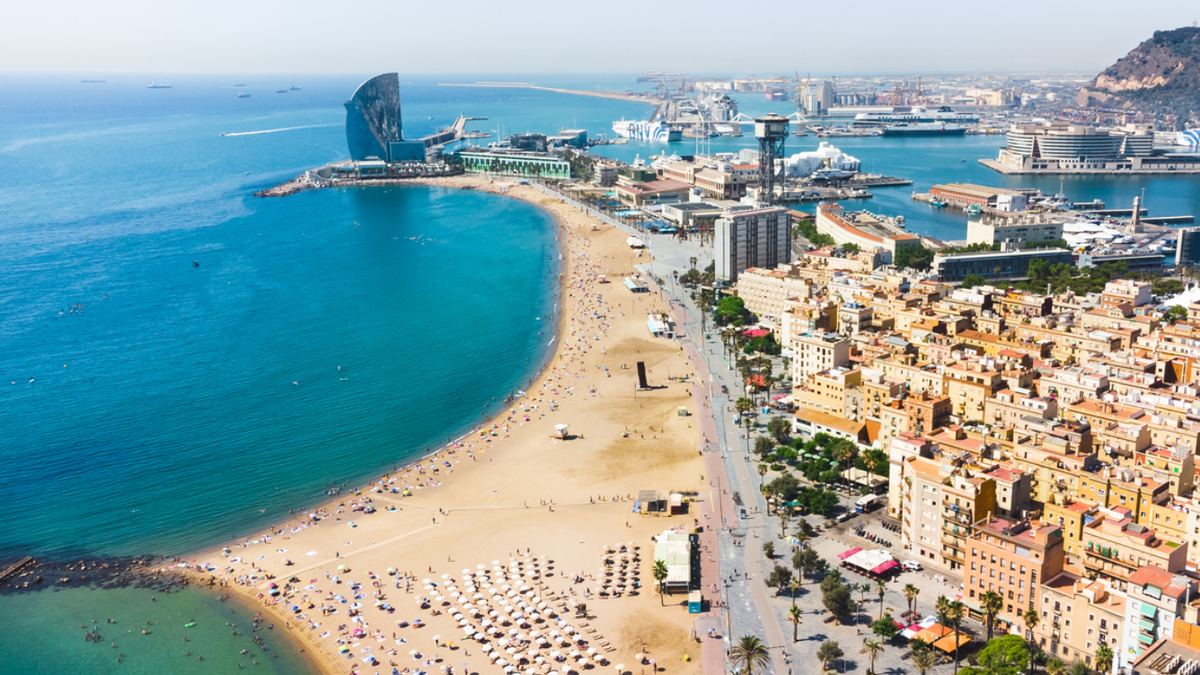
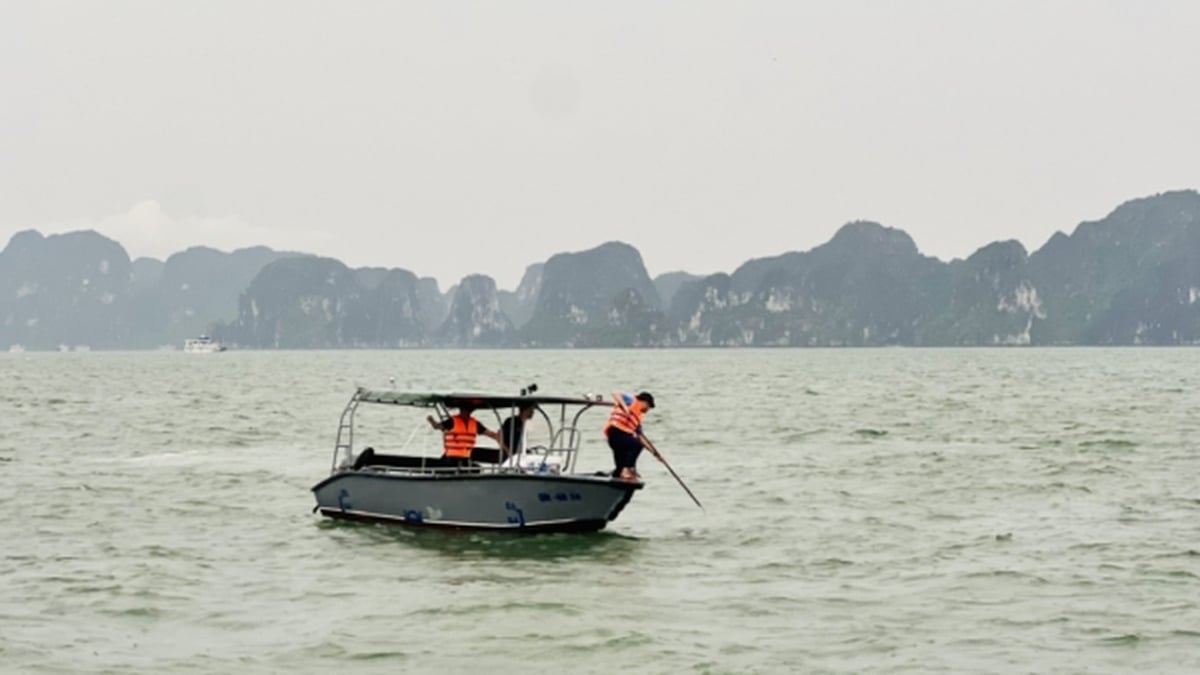














![[Photo] National Assembly Chairman Tran Thanh Man visits Vietnamese Heroic Mother Ta Thi Tran](https://vphoto.vietnam.vn/thumb/1200x675/vietnam/resource/IMAGE/2025/7/20/765c0bd057dd44ad83ab89fe0255b783)





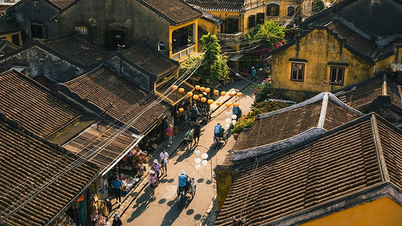



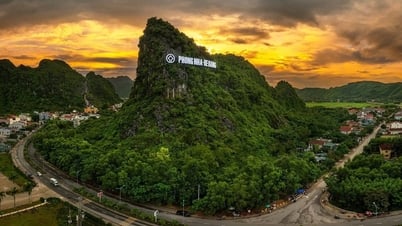

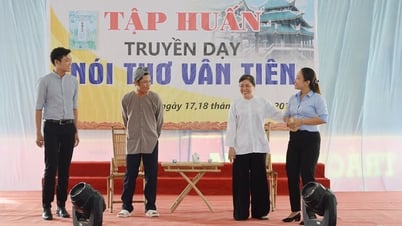
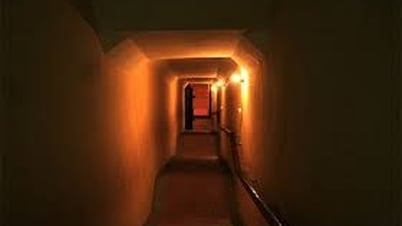
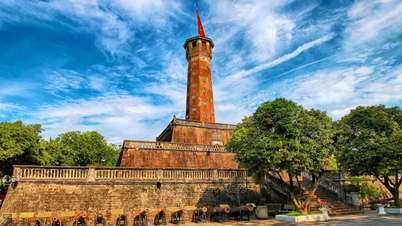
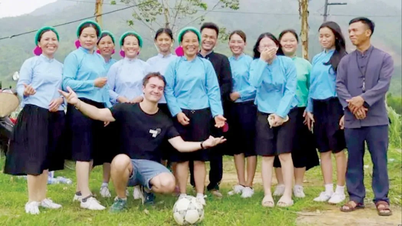

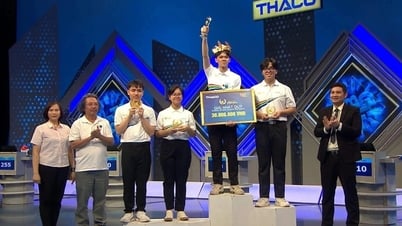

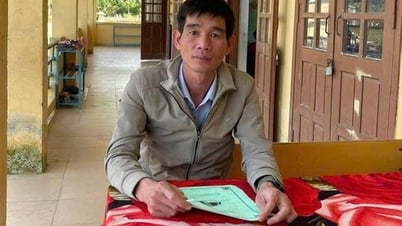

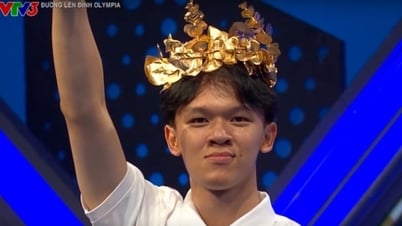

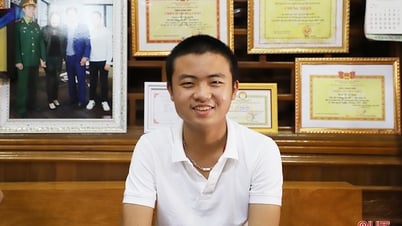


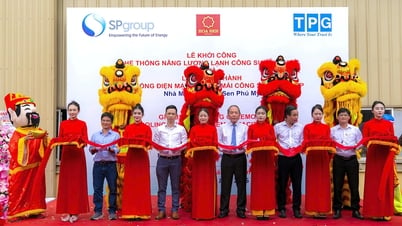



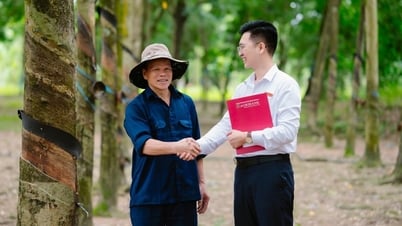


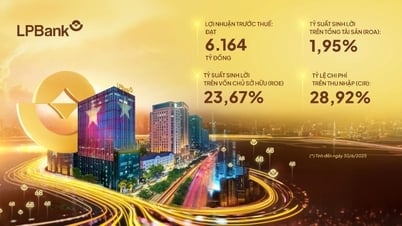



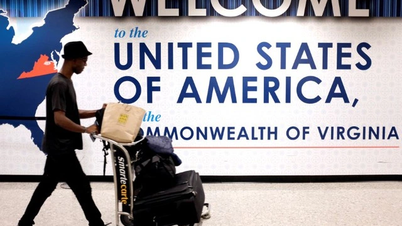
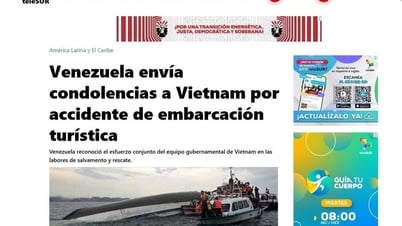

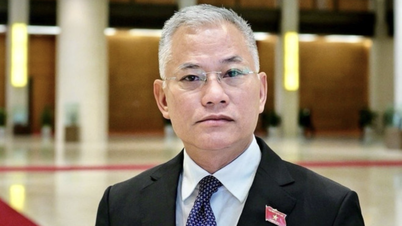
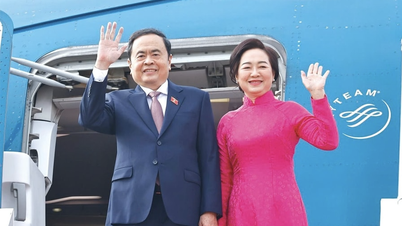
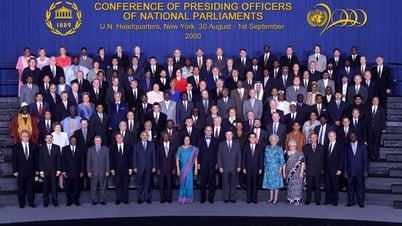



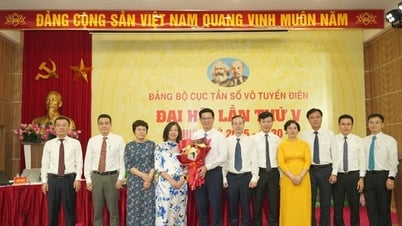

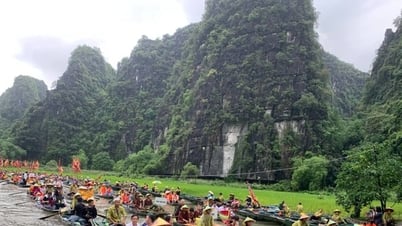

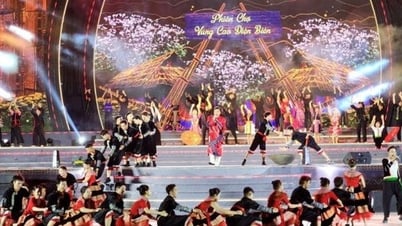

















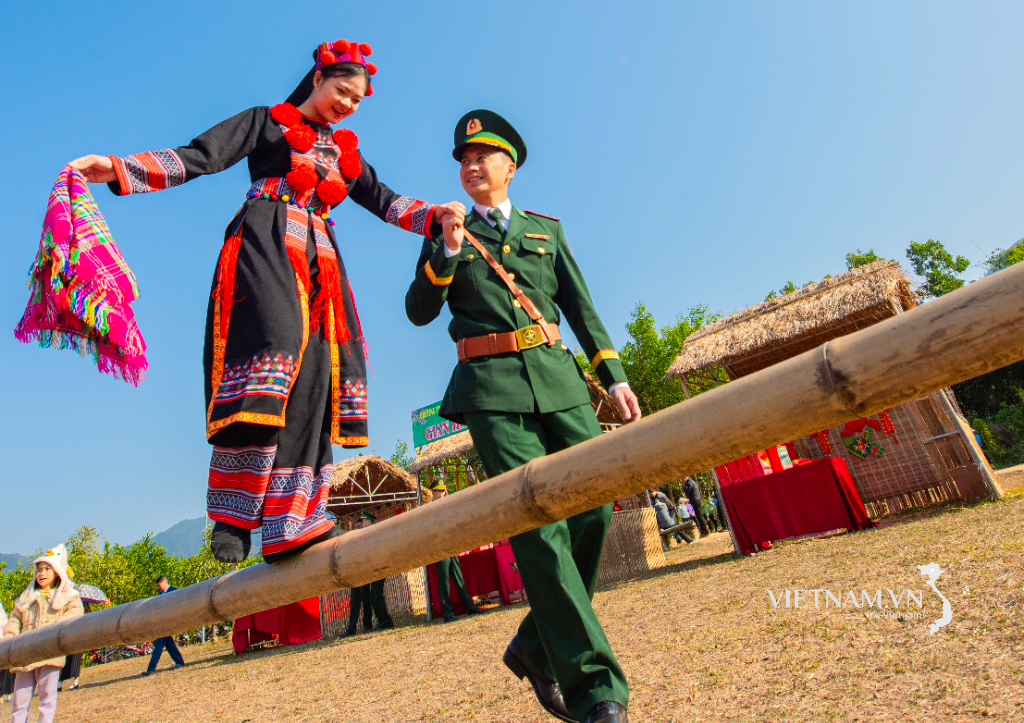
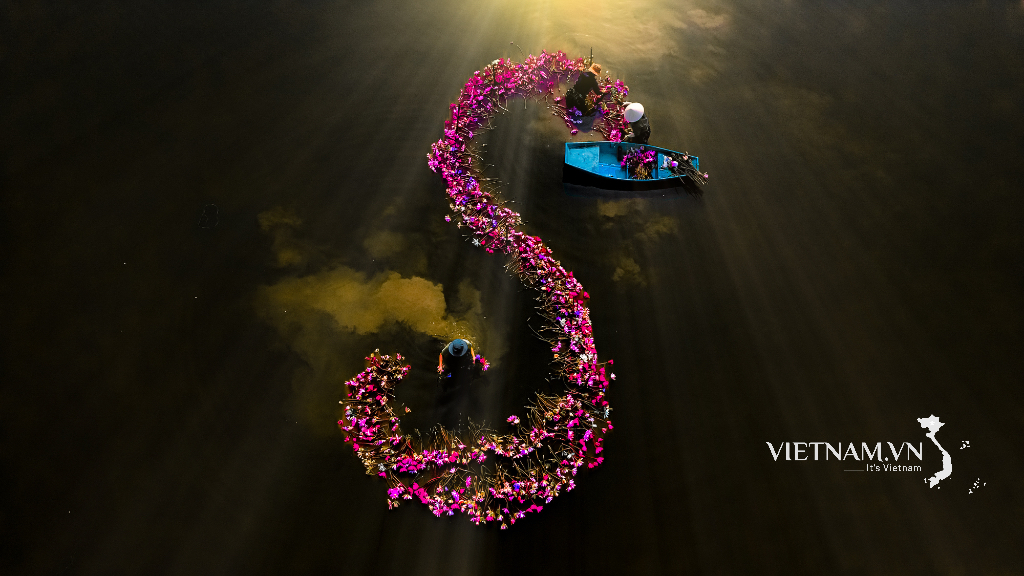

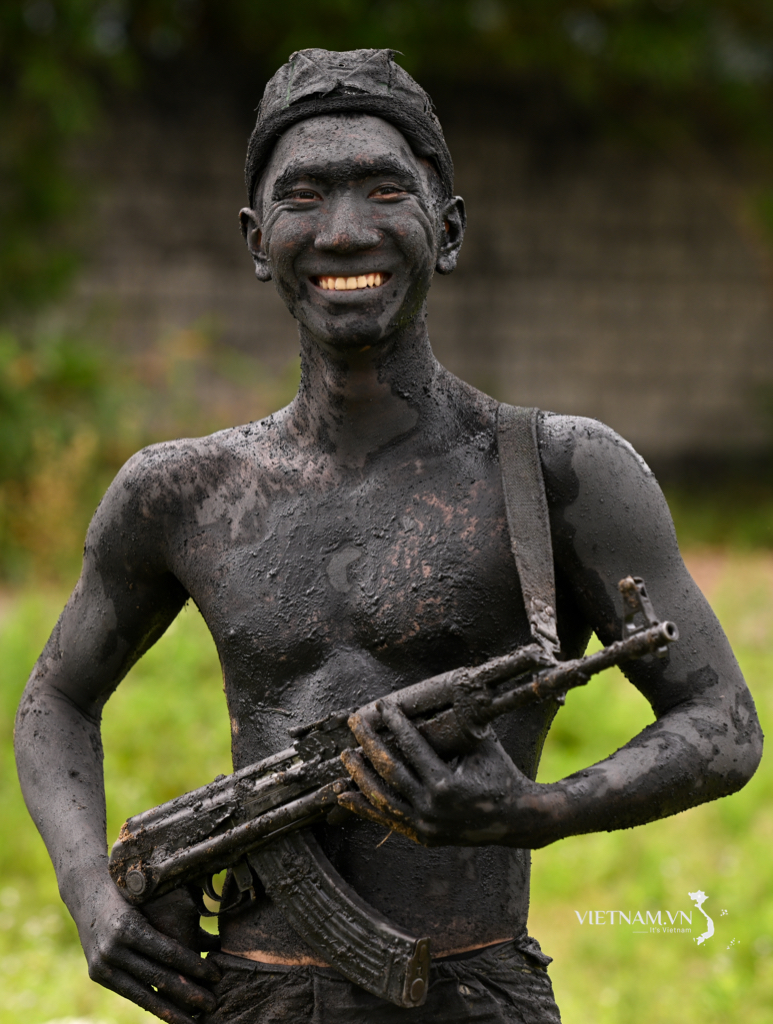
Comment (0)